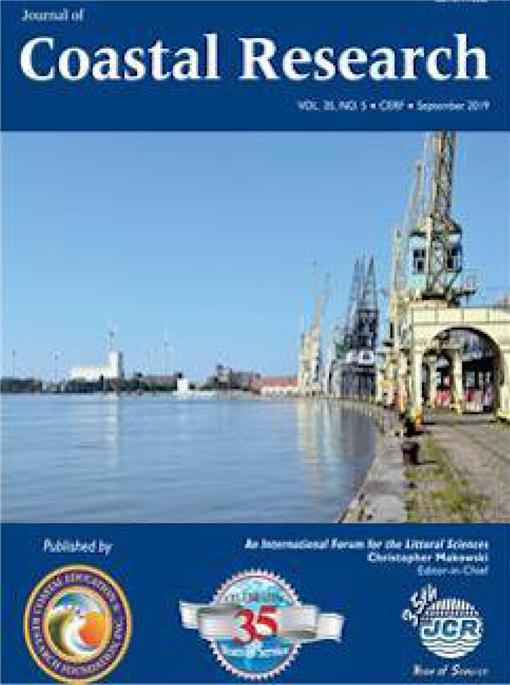Keim, R.F.; Lemon, M.G.T., and Oakman, E.C., 2019. Posthurricane salinity in an impounded coastal wetland (Bayou Sauvage, Louisiana, U.S.A.). Journal of Coastal Research, 35(5), 1003–1009. Coconut Creek (Florida), ISSN 0749-0208.
Coastal ecosystems can be structured by tropical cyclone disturbances, which interact with coastal management to reduce, magnify, or modify local effects on ecosystems. This research quantified the rate of recovery from salinification by impounded storm surge flooding by Hurricane Katrina at a natural levee ridge forest at Bayou Sauvage, Louisiana. Salinity measurements in soils and nearby pond sediments showed that elevated salinity remained 11 years after the flooding and persisted more at lower elevations. Rain events at the site created runoff of lower salinity relative to standing water, suggesting incomplete mixing and thus slow removal of salt. Recovery rates to prehurricane salinity were estimated to be at least two decades, on the basis of existing salinity, reports of salinity after the hurricane, and data from nearby long-term monitoring stations. The severity and length of storm surge effects have likely been exacerbated by the impounded conditions.





